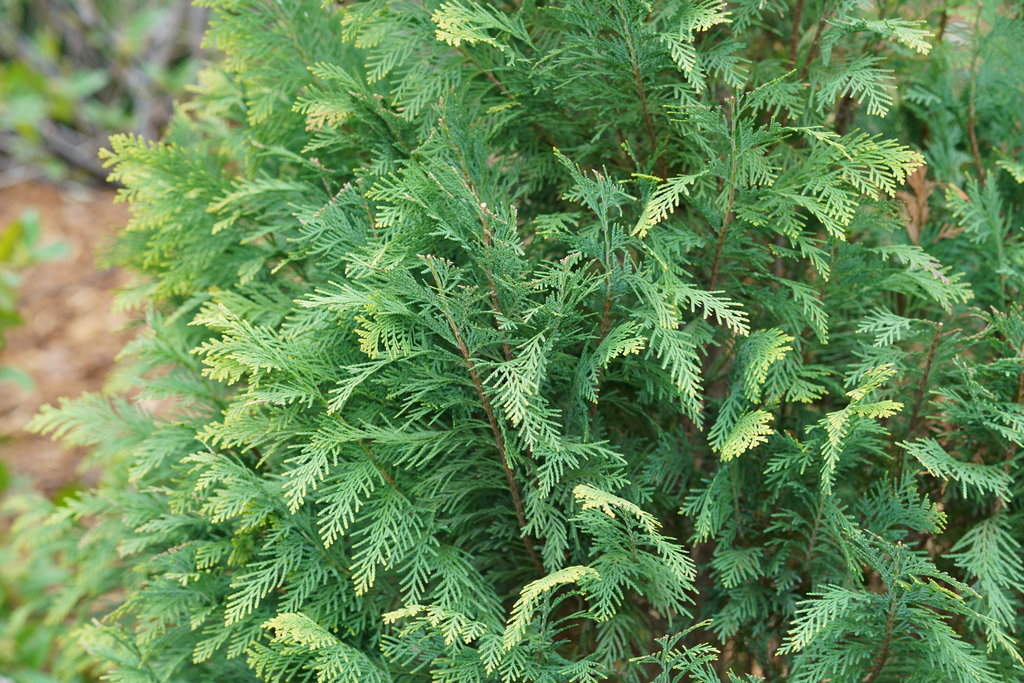

Because they are only 1/64 inch long, their webs are more likely to be noticed than they are. They are green at first, turning greenish black as they mature. Spider Mite - A spider mite that favors spruces occasionally attacks False Cypresses. They curl at the base of cypress needles and suck the juice from plant cells. They are tiny crawling insects, white at first, changing to gray or black. Adult females winter over in the vicinity of the shrubs.

Scale - A scale insect that is fond of juniper also likes False Cypress. Gently beat the branches of the infested tree and catch the startled insects when they fall onto a cloth spread beneath the shrub. These pests are hard to spot because they feed at night, living under tree bark and debris on the ground by day.īecause these weevils "play dead" when disturbed, folding their legs and dropping off plants to the ground, they can be trapped. Weevil larvae, white grubs with brown heads, feed on roots deep in the soil. They feed on leaves and bark, leaving characteristic notches along the edges of cypress needles. They have tear-shaped and hard-shelled bodies, averaging 3/8 inch long. Adults are brown beetles with long snouts. Weevil - Black vine weevils sometimes attack False Cypress. Check soil moisture under the mulch every two or three weeks if rainfall is sparse. Use drip irrigation or a hose turned on slightly to permit a slow drip. Soak the soil under the mulch with water to a depth of two feet by watering slowly. Lack of Moisture - Reduced moisture during hot summer months sometimes causes False Cypress foliage to turn brown. Trim them off and enjoy the handsome reddish-brown, peeling bark on the exposed lower trunk. The Sarawa False Cypress varieties have a tendency to lose their lower branches fairly early in life.


 0 kommentar(er)
0 kommentar(er)
